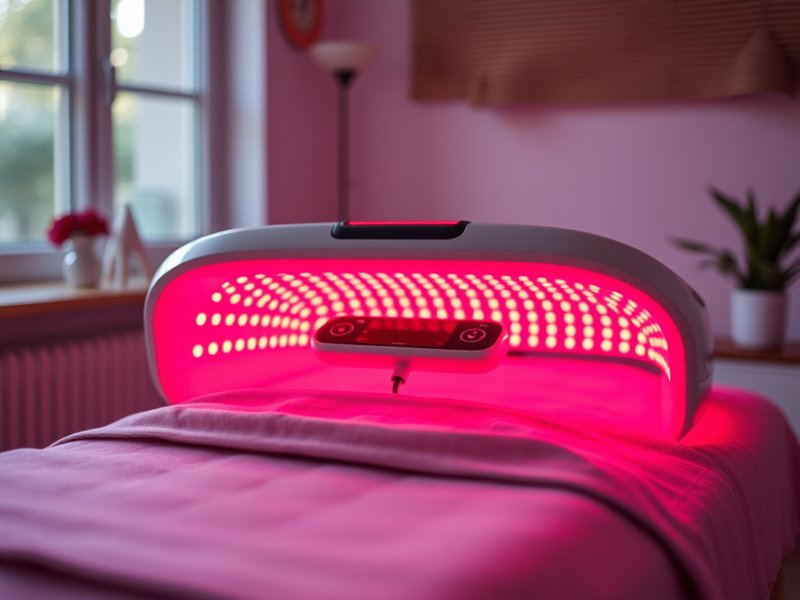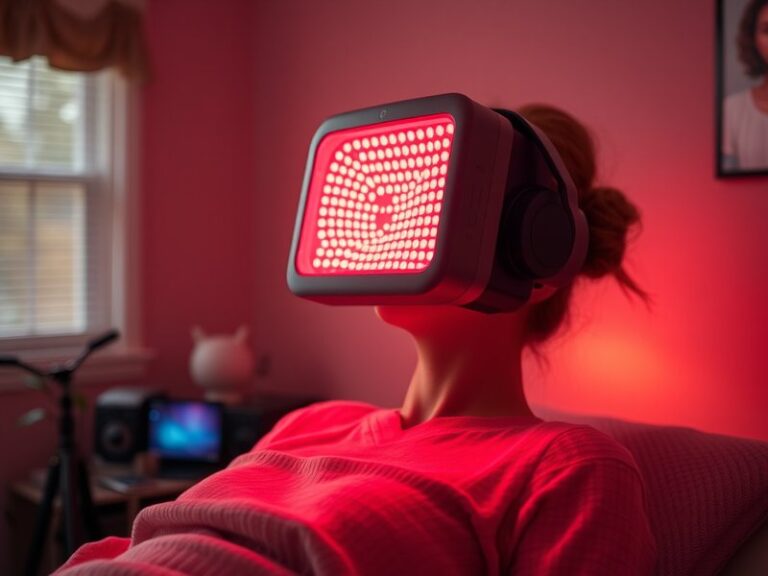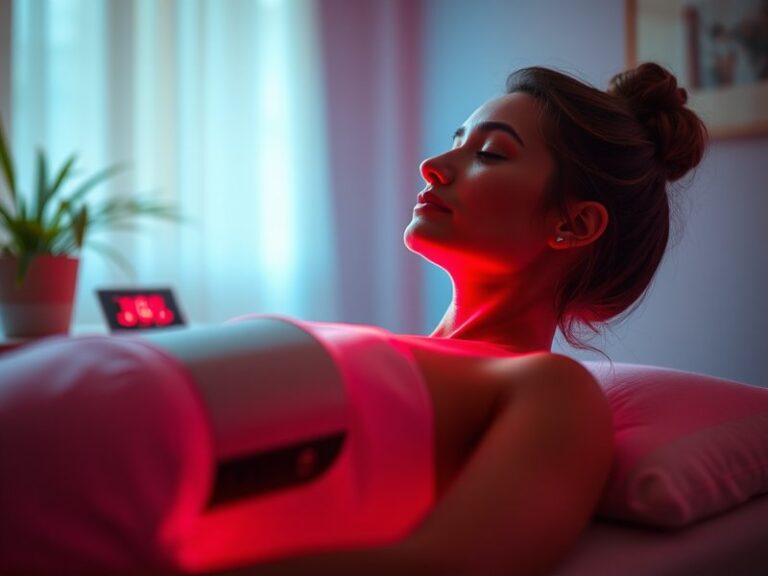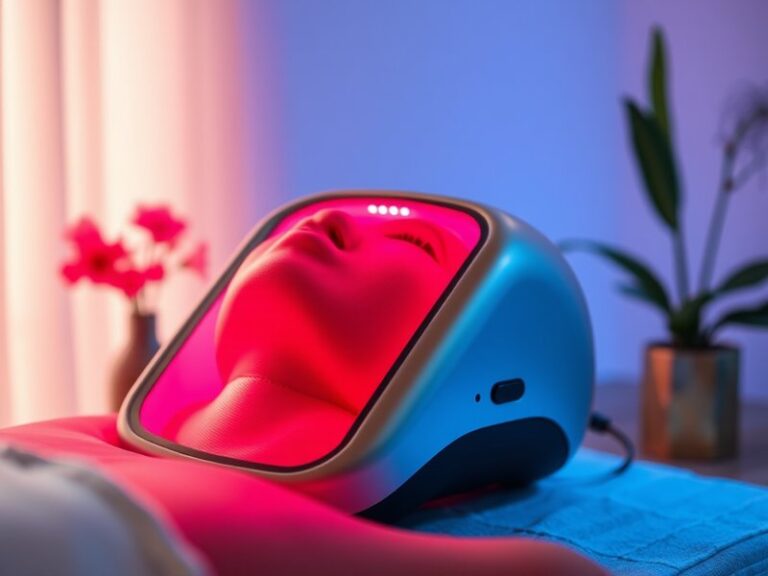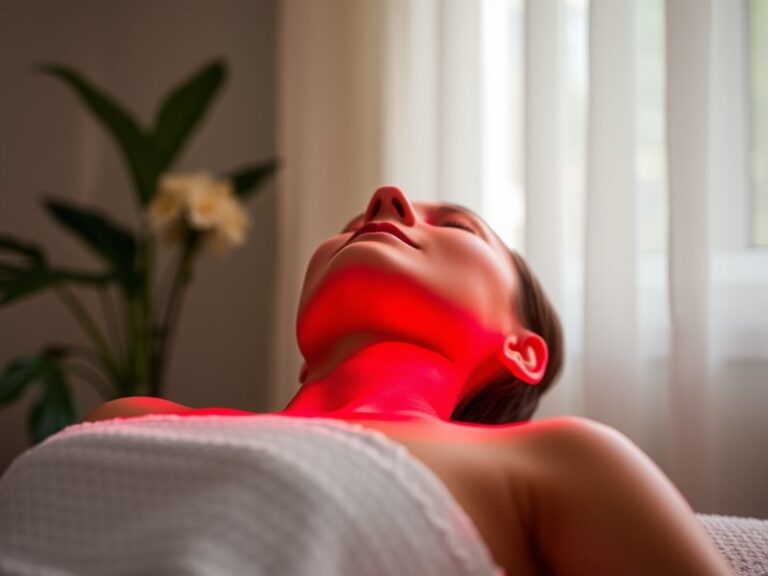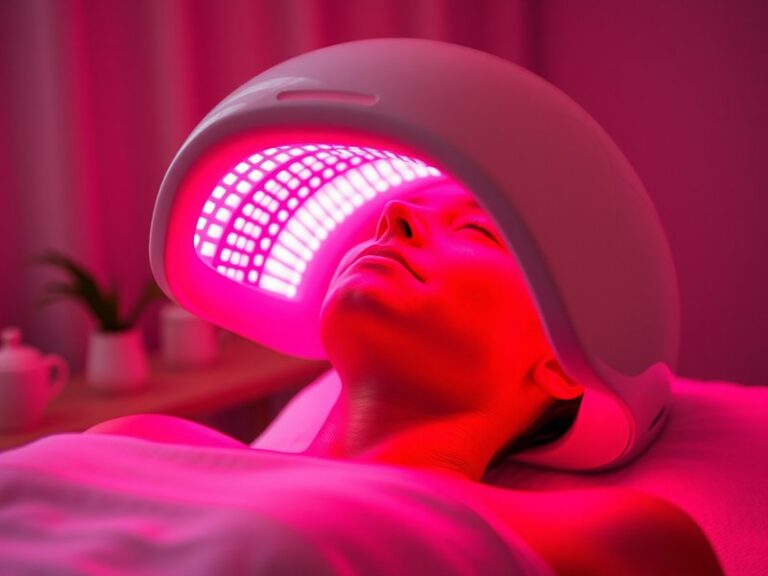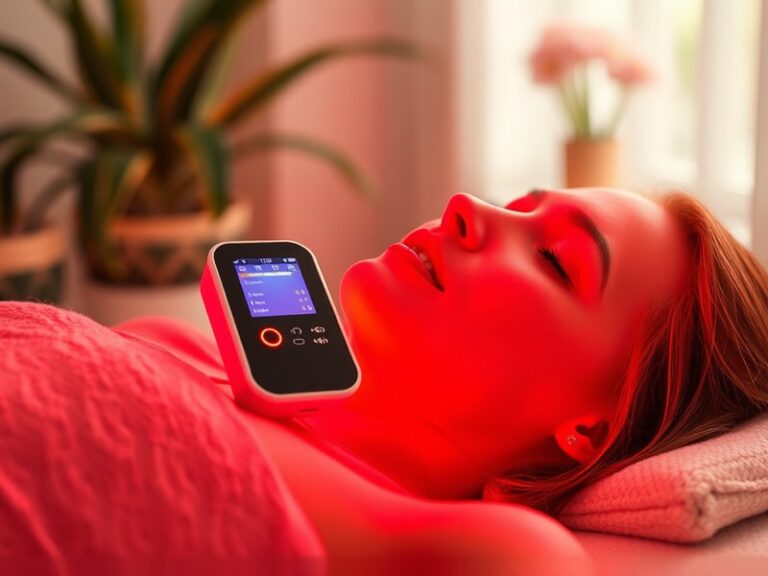Are Red Light Therapy Beds Effective?
Are Red Light Therapy Beds Effective?
Is the glow from red light therapy just a trend, or does it truly offer legitimate health benefits?
In recent years, red light therapy (RLT) has gained popularity as a non-invasive treatment option for various health concerns, from skin rejuvenation to pain relief. This article will explore the efficacy of red light therapy beds, their benefits, considerations for use, and alternative therapies to help readers make informed decisions about their health and wellness.
Key Takeaways
- Red light therapy beds are designed to deliver low-level wavelengths of light, which may help in promoting healing and reducing inflammation.
- Many users report positive outcomes including improved skin health and pain relief, although scientific consensus is still developing.
- There are various considerations and alternatives to red light therapy that may also provide health benefits.
What is Red Light Therapy?
Red light therapy refers to the use of low-level wavelengths of light to promote healing and tissue repair. The therapy operates using light-emitting diodes (LEDs) that emit red and near-infrared light, which penetrate the skin and affect the cells beneath.
RLT is thought to stimulate the mitochondrial production of adenosine triphosphate (ATP), the energy-carrying molecule in cells. This increase in energy can improve cellular function, leading to enhanced healing and recovery.
Red light therapy beds are designed to accommodate users comfortably while delivering these wavelengths over larger body areas, making it a convenient option for treatment.
What are the Benefits of Red Light Therapy?
The following points highlight the advantages of red light therapy, providing insights into its potential applications and benefits.
Improved Skin Health
Red light therapy has been studied for its ability to enhance skin healing and reduce the appearance of wrinkles and scars. Research suggests that these treatments can stimulate collagen production, a vital protein that helps maintain skin elasticity and firmness.
Pain Relief
Many users of red light therapy report notable pain relief for conditions such as arthritis, muscle soreness, and joint pain. Studies indicate that RLT may help reduce inflammation and improve circulation in affected areas, promoting faster recovery.
Enhanced Recovery from Injuries
Athletes and physical therapy patients often turn to red light therapy to accelerate the recovery of injuries. By enhancing cellular repair mechanisms and reducing inflammation, it can potentially shorten recovery times.
Improvement in Mood and Sleep Quality
Some users claim that red light therapy helps improve sleep quality and mood. Exposure to specific light wavelengths can influence hormonal balance, possibly leading to better sleep patterns and reduced anxiety.
Boosted Immune Function
Growing evidence suggests that red light therapy may enhance immune function by promoting the healing of wounds and minimizing inflammation. A well-functioning immune system is crucial for overall health and resilience against diseases.
Is it Possible to Use Red Light Therapy Beds Safely?
While utilizing red light therapy beds is generally considered safe, certain precautions should be taken. It is important to follow manufacturer guidelines and consult with a healthcare provider, especially for individuals with underlying health conditions or who are pregnant.
What are the Advantages of Using Red Light Therapy Beds?
Red light therapy beds offer several advantages, making them an appealing option for many users.
Convenience of Treatment
Red light therapy beds allow for full-body exposure to the light, providing a comprehensive treatment experience in under 30 minutes.
Non-Invasive and Painless
Unlike some other beauty or pain relief treatments, RLT is non-invasive and typically painless, making it accessible to a broader range of individuals.
User-Friendly
Most red light therapy beds are designed for ease of use, often requiring little to no training to operate effectively.
What are the Things to Consider Before Using Red Light Therapy Beds?
Before committing to red light therapy beds, several factors should be taken into account to ensure a safe and effective experience.
Skin Sensitivity
Individuals should assess their skin sensitivity and consider potential reactions to light exposure. Consulting with a dermatologist can help personalize treatment plans.
Frequency of Use
Finding the right frequency is crucial. Overuse of red light therapy may lead to diminished effects or skin irritation. It is essential to adhere to recommended guidelines.
Combination with Other Treatments
Consider how RLT may interact with other treatments or medications. Consulting with healthcare professionals can provide clarity on the best approach.
Cost and Accessibility
Consider the cost of regular treatments, whether at a clinic or through home devices, and evaluate their affordability and accessibility.
What are the Alternatives to Red Light Therapy Beds?
Alternatives to red light therapy are worth exploring for those seeking similar health benefits or who may not find RLT suitable.
Cryotherapy
Cryotherapy involves exposing the body to extreme cold temperatures, which can reduce inflammation, improve recovery time, and enhance overall wellness.
Infrared Saunas
Infrared saunas utilize light to produce heat, offering benefits like detoxification, relaxation, and pain relief, similar to red light therapy.
Ultrasound Therapy
Ultrasound therapy uses sound waves to stimulate tissue repair and reduce pain, making it a viable option for injury recovery and pain management.
Massage Therapy
Regular massages can improve blood circulation, reduce muscle tension, and promote relaxation, serving as a natural alternative to RLT for wellness.
Conclusion: Is it Recommended to Use Red Light Therapy Beds?
Based on current evidence and user experiences, red light therapy beds can be a beneficial addition to wellness routines. They offer several advantages, including improved skin health, pain relief, and enhanced recovery times. However, it is crucial to consider individual health circumstances and consult with healthcare providers to ensure safe usage.
Frequently Asked Questions
How long does it take to see results from red light therapy?
Results can vary, but many users report noticing improvements within a few sessions, typically within 2 to 4 weeks for noticeable effects.
Understand more with Can Red Light Therapy Treat Face?
Are there any side effects associated with red light therapy?
Generally, red light therapy is considered safe, with minimal side effects. Some users may experience mild skin irritation or redness, but this is uncommon.
Get the lowdown on Are Red Light Bulbs the Same as Red Light Therapy?
Can I use red light therapy for acne treatment?
Yes, red light therapy has been found to be effective for acne treatment. It can help reduce inflammation and promote healing of acne scars.
How often should I use a red light therapy bed?
Most guidelines suggest using red light therapy beds 2 to 3 times per week for optimal results, but it is essential to follow the specific recommendations of your device or treatment provider.
